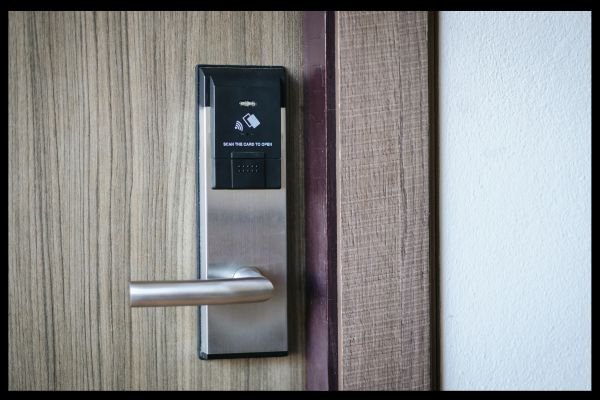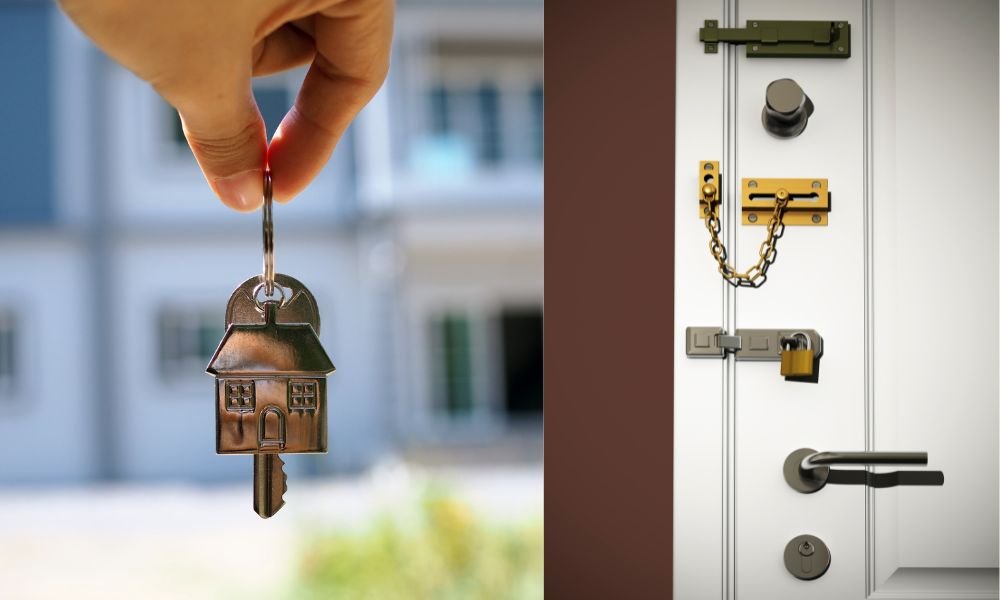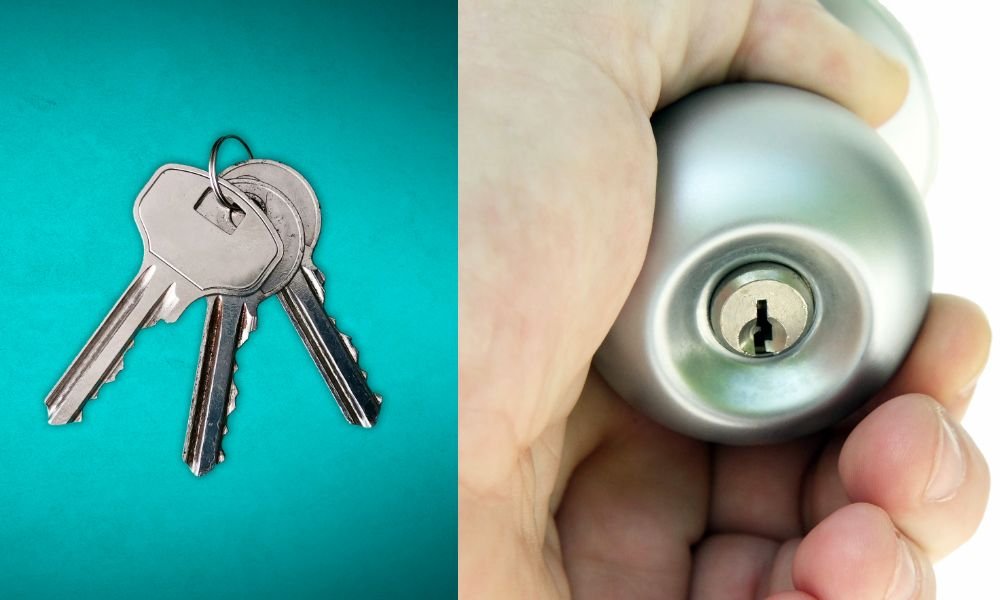
In an era where convenience and security are paramount, passive door locks have emerged as a significant technological advancement. These systems offer automated locking capabilities, enhancing both the safety and ease of access to properties and vehicles. This article provides “What is passive door lock?”, an in-depth look, outlining their operation, components, and benefits.
Defining Passive Door Locks
This is an automated system designed to lock and unlock doors without manual input, using advanced detection and control technologies. They are most commonly utilized in the automotive industry but are increasingly popular in residential and commercial security systems.
Components of Passive Door Lock Systems
1. Sensors
Sensors are the primary detection component, identifying authorized users via signals from a key fob or smartphone.
2. Controllers
Controllers process the information from sensors to make decisions about locking or unlocking doors automatically.
3. Locking Mechanisms
These mechanisms execute the controller’s commands, physically securing or opening the door.
How Passive Door Locks Operate
This simplifies access while ensuring security. They engage automatically when a user with an authorized device leaves a predefined area, and unlock when the user returns, without any physical interaction required.
Advantages of Passive Door Locks
1. Enhanced Security
By automatically locking doors, these systems minimize the risk of doors left unlocked, thus preventing unauthorized entry.
2. Convenience
The convenience of these locks is unmatched; they allow entry and exit without the hassle of using keys, which is particularly advantageous in adverse weather conditions.
3. Aesthetic and Functional Design
Passive locks typically feature a sleek, modern design that enhances the aesthetic appeal of the property while providing functional benefits.
Applications Across Different Fields
1. Automotive Sector
In vehicles, passive locks enhance security and convenience by enabling hands-free access and integration with automatic ignition systems.
2. Residential Settings
Homeowners benefit from these systems as they can integrate with broader smart home technologies for improved home automation.
3. Commercial Environments
In commercial spaces, passive locks facilitate secure and controlled access, often part of an extensive security system including surveillance and alarms.
Choosing the Right Passive Door Lock
1. Compatibility Check
Ensure that the lock is compatible with your vehicle’s or home automation system’s existing technologies.
2. Security Protocols
Select locks that feature strong encryption to safeguard against hacking attempts and ensure privacy.
3. Power Considerations
Consider the power requirements and battery life of the device, which is crucial for long-term maintenance and reliability.
Maintenance and Upkeep
Regular maintenance of this is crucial for ensuring their reliability and longevity. This includes checking battery levels, updating software to patch security vulnerabilities, and occasionally recalibrating sensors.
Conclusion

Passive door locks represent a transformative development in security technology. They blend advanced technology with user-friendly features to provide secure, keyless entry and exit. As technology evolves, these systems are likely to become even more integrated into our daily lives, offering more sophisticated features and greater dependability.
This comprehensive overview emphasizes the relevance of passive door locks in modern security settings, providing readers with the essential knowledge to make informed decisions about enhancing their security systems.



